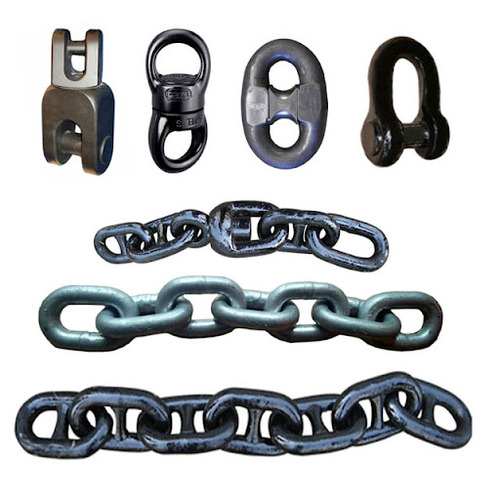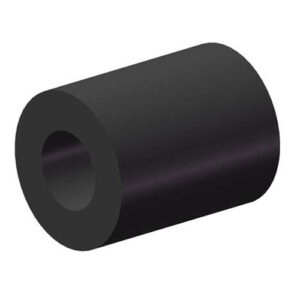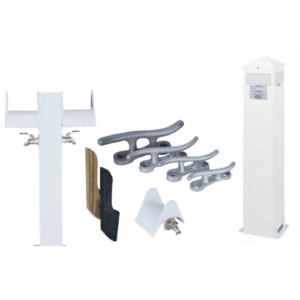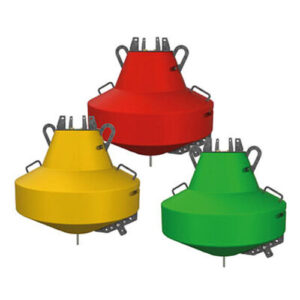Key Features of Chains
1. Design and Structure of Chains
Marine chains feature interlinked metal segments designed to distribute load evenly during operation. Their robust construction allows for flexible movement while maintaining tensile strength, making them essential for anchoring systems and towing setups.
2. Material
Manufacturers use high-tensile steel or alloy steel treated with hot-dip galvanization or black bitumen to extend service life. These materials resist abrasion, corrosion, and saltwater exposure, ensuring performance in extreme marine environments.
3. Lifting Capacity
Though not lifting tools themselves, marine chains often connect with shackles, anchors, and winches to bear substantial loads. Depending on the size and grade, they can withstand heavy tension forces in anchoring and towing operations without deformation.
4. Installation and Integration
Operators can easily connect these chains with mooring fittings, windlasses, or chain stoppers. Standardized link dimensions ensure compatibility with most marine hardware, allowing fast deployment and retrieval when time is critical.
5. Safety and Control
Chains offer predictable performance under load and minimal stretch, which enhances vessel safety. Regular inspections, certified load ratings, and compatibility with braking systems contribute to secure operations, even in turbulent waters.
6. Durability and Maintenance
Marine chains are built for longevity, requiring minimal upkeep. Regular cleaning and inspection for rust or wear keep them in optimal condition. Their surface coatings help prevent long-term deterioration, especially when stored properly.
7. Versatility
Used across anchoring, mooring, towing, and lifting tasks, these chains serve a wide range of vessels—from fishing boats to offshore rigs. Their adaptability makes them an essential item in any vessel’s deck equipment inventory.
8. Compliance and Standards
International standards such as ISO 1704 and are certified by major maritime classification societies including DNV, Lloyd’s Register, and ABS. Compliance with these standards ensures consistent strength, quality, and safety performance.






